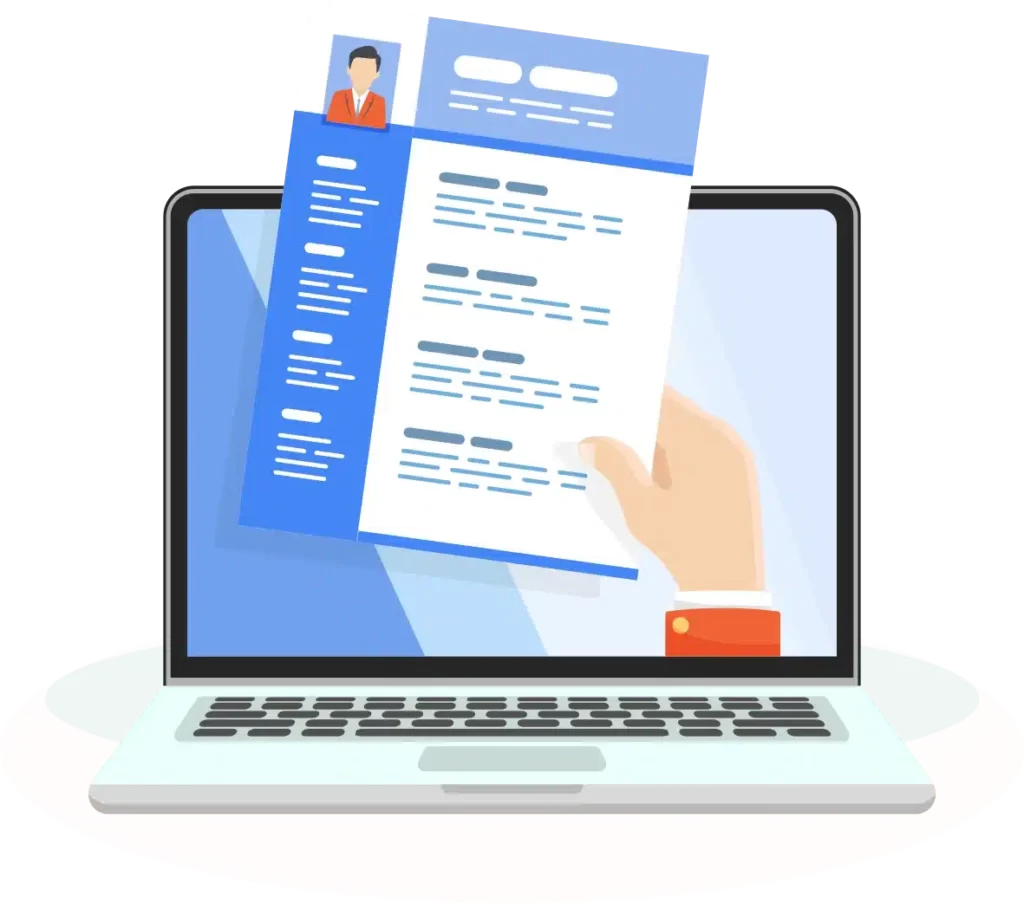How Does Public Transportation Work in the Netherlands?
The Netherlands is renowned for its efficient and comprehensive public transportation system, which integrates various modes of travel, such as trains, trams, buses, and ferries. This article explores how public transportation operates in the Netherlands, addressing its various components, ticketing system, and the overall impact on daily life and the environment. By the end of this document, you'll have a comprehensive understanding of the public transportation landscape in the Netherlands.
Overview of Public Transportation in the Netherlands
Public transportation in the Netherlands is characterized by high accessibility, punctuality, and a user-friendly approach. With a densely populated urban environment and a strong emphasis on sustainability, the country has developed a cohesive public transport network that connects its cities, towns, and rural areas.
Types of Public Transportation
The public transportation system in the Netherlands consists of several key components:
-
Trains: The backbone of the Dutch public transport system, trains operated by Nederlandse Spoorwegen (NS) connect major cities and regions efficiently.
-
Trams: Mainly found in cities such as Amsterdam, Rotterdam, and The Hague, trams are ideal for short-distance travel within urban areas.
-
Buses: Serving both urban and rural locales, buses connect areas not serviced by rail or tram. They are operated by different regional transport companies.
-
Ferries: In cities with waterways, like Amsterdam, ferries provide crucial links across canals and rivers, often operating for free.
-
Metro: Amsterdam and Rotterdam have metro systems that serve their metropolitan areas, providing quick transit solutions for commuters.
The Integration of Modes
One of the defining characteristics of the Dutch public transportation system is its integration. Different modes of transport work seamlessly together:
-
Single Ticketing System: Using a unified ticketing system, passengers can transfer between different modes of transport without having to purchase separate tickets. The OV-chipkaart, a contactless smart card, is central to this integration, allowing users to check in and out of various transport systems.
-
Timely Connections: Schedules are organized to minimize waiting times when changing from train to tram or bus. With real-time updates available, travelers can navigate the systems easily.
-
Accessibility: Most stations and vehicles are designed to be accessible to all users, including those with reduced mobility, ensuring that public transportation is inclusive.
The Ticketing System: OV-chipkaart Explained
The OV-chipkaart is a smart card that revolutionized how tickets are purchased and utilized across the Dutch public transport system. With its ease of use and widespread acceptance, it serves as a vital tool for both residents and tourists alike.
How the OV-chipkaart Works
-
Acquisition: Travelers can acquire the OV-chipkaart at kiosks, train stations, or via online platforms. There are several card types, including anonymous cards for tourists and personal cards that can be linked to a bank account.
-
Loading Credit: Users can load credit onto their cards at vending machines or online. This credit is deducted based on the distance traveled and the mode of transportation used.
-
In and Out: To begin a journey, users check in at the entry point (train station, tram stop, bus, etc.) by tapping their card on a sensor. Upon reaching their destination, they check out in the same manner, finalizing their fare.
-
Alerts and Info: The system provides real-time information about adjustments in fares and any alerts concerning service changes, helping users make informed decisions about their travel.
Types of OV-chipkaart
-
Anonymous OV-chipkaart: Ideal for casual travelers and tourists, this card can be used immediately after purchase without the need for registration.
-
Personal OV-chipkaart: This option allows users to load subscriptions and benefits, enabling regular commuters to save money on frequent trips.
-
Single-Use Tickets: For those who do not wish to use the OV-chipkaart, single-use tickets can still be purchased for trains and buses, although they generally come at a higher price.
Traveling with Different Providers
In addition to NS, various regional transport companies operate buses and trams. The integration of these services ensures that anyone can travel efficiently across the country, regardless of the operator. Many companies offer their own subscription plans or discount cards, further encouraging public transport use.
Revolutionizing Urban Mobility: The Impact of Public Transportation
Environmental Benefits
The Netherlands is acutely aware of its environmental footprint, and public transportation plays a significant role in reducing greenhouse gas emissions. Here are a few ways this system contributes:
-
Reduced Traffic Congestion: By offering organized transit options, the demand for cars declines, helping alleviate traffic in urban centers.
-
Decreased Pollution: With a large number of electric trains, trams, and buses, the pollution emitted by public transportation is significantly lower than private vehicles.
-
Sustainable Initiatives: Many local governments are promoting the use of green energy within transportation systems, hence contributing to a more sustainable future.
Economic Importance
Efficient public transportation is vital for the Dutch economy, facilitating the mobility of millions of passengers daily. This increased mobility supports businesses, tourism, and regional development, driving economic growth:
-
Job Accessibility: With effective transport links, job seekers can access a broader range of job opportunities, reducing unemployment in urban areas.
-
Tourism Boost: Tourists rely heavily on public transport for navigating their destinations, thereby supporting local economies.
-
Urban Planning: The integration of transport systems into urban planning enhances city growth by allowing for efficient land use.
Social Aspects
Public transportation offers social inclusivity by making it easier for everyone to access education, employment, and recreational activities. It also encourages social interaction. Some key social benefits include:
-
Cultural Exchange: The diverse mix of passengers results in cultural exchanges and communal experiences.
-
Community Building: Neighborhoods are strengthened through transit hubs that serve as meeting points.
-
Affordable Mobility: Public transport is generally more affordable than owning and maintaining a private vehicle, allowing lower-income individuals access to mobility.
Recommendations for Using Public Transportation in the Netherlands
While using public transport in the Netherlands is straightforward, these recommendations can enhance your experience:
-
Understand Schedules: Familiarize yourself with the schedules of the services you plan to use. Most major stops have real-time displays of arrival and departure times.
-
Plan Ahead: Use apps and websites that provide real-time updates on schedules, delays, and service changes. NS has an official app that helps travelers plan their journeys effectively.
-
Check in and out: Always remember to check in when boarding and check out when leaving to avoid incurring extra charges.
-
Use Bicycles: Consider combining your journey with cycling. Many train stations have bike parking facilities, allowing you to cycle to your destination, which is common among locals.
-
Be Mindful of Peak Hours: Traveling during rush hours (typically 7:30-9:30 AM and 4:30-6:30 PM) can be crowded. If you have flexibility, plan shifts outside these hours for a more pleasant experience.
Conclusion
Public transportation in the Netherlands is much more than a means of getting from point A to point B. It forms the backbone of an interconnected societal framework, encompassing economic, environmental, and social dimensions. As travelers embrace this efficient, eco-friendly system and integrate it into their daily lives, they not only move with ease but also contribute to a sustainable future.
To help you along the way in your professional journey, we offer a highly effective CV template based on the Harvard CV model. This includes comprehensive guides and recommendations for crafting the perfect resume. Visit our page to download the template and give your career a boost: Download the Perfect CV According to the Harvard CV Model.
By understanding and utilizing the public transportation system in the Netherlands, you are one step closer to making your journey as smooth and enjoyable as possible. Safe travels!





